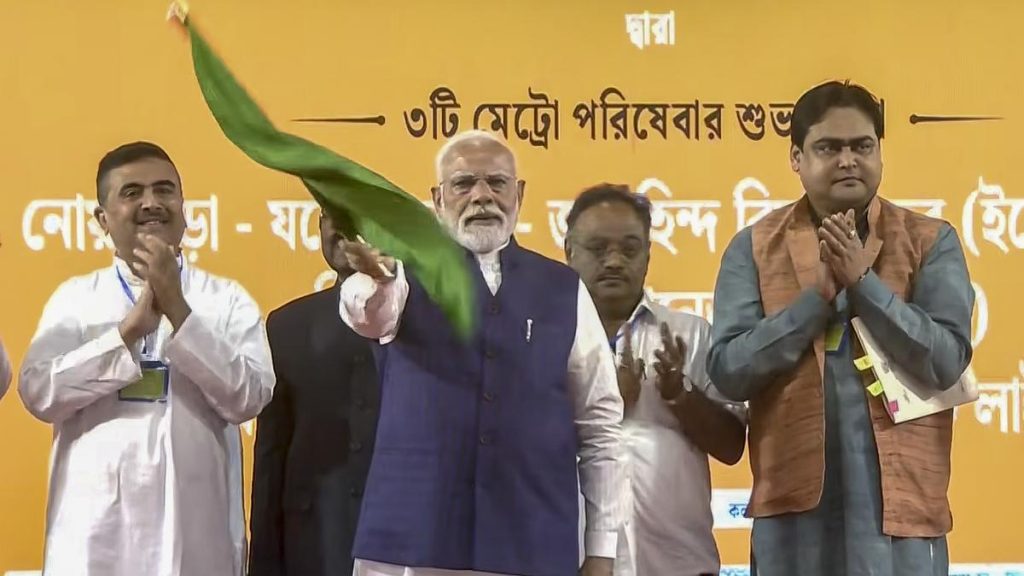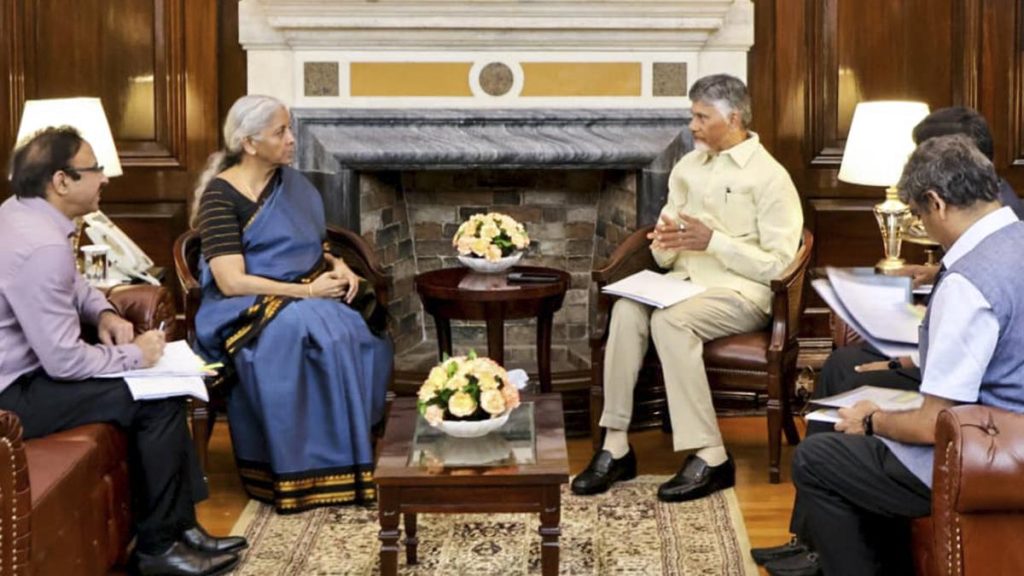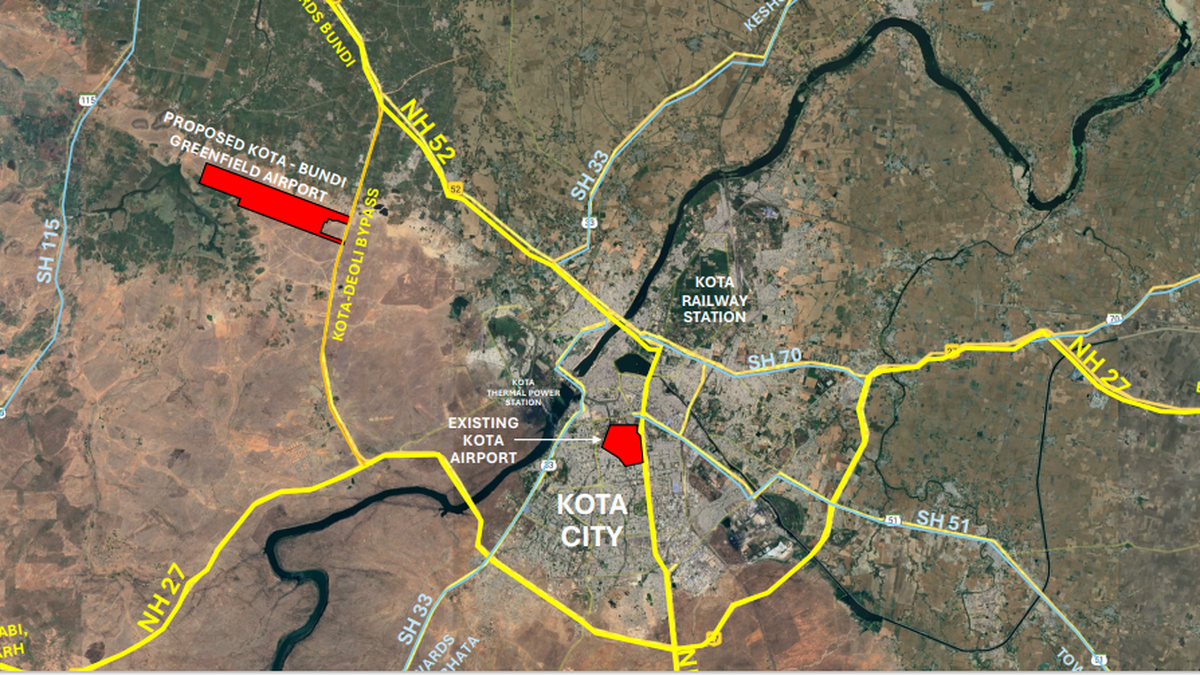Now Reading: Who Elects India’s Vice-President? A Quick Look at the Process and Key Numbers
-
01
Who Elects India’s Vice-President? A Quick Look at the Process and Key Numbers
Who Elects India’s Vice-President? A Quick Look at the Process and Key Numbers

Speedy Summary
- Election Process: The Vice-President of India is elected by an Electoral College comprising Members of Parliament (MPs) from both Lok Sabha and Rajya sabha, including nominated members.State legislatures do not participate.
- Voter Total: In 2025, there are 782 MPs eligible to vote – 543 from Lok sabha and 245 (233 elected + 12 nominated) from rajya Sabha.
- Voting System: Conducted under the proportional representation system using single transferable votes (STV). Secret ballots are used for ranking candidates in order of preference. A majority quota is needed to win; if unmet on first count, preferences are transferred progressively until a candidate secures the threshold.
- Candidates:
– NDA: C. P. Radhakrishnan, Governor of Maharashtra and senior BJP leader.
– INDIA Bloc: Justice (Retd.) B. Sudershan reddy,former Supreme Court judge.
- Strengths:
– NDA has a numerical advantage with 423 MPs across both Houses versus the INDIA bloc’s more diverse coalition challenges in consolidating votes.
– Regional parties such as YSR Congress Party may support NDA’s candidate.
- Election Date & Results: Election will be held on September 9, 2025, at Parliament House with results declared the same day.
Indian Opinion Analysis
The Vice-Presidential election demonstrates India’s robust democratic process while highlighting political dynamics within the parliamentary framework. While both coalitions have fielded capable candidates – one drawn from political leadership and the other representing judicial expertise – this election underscores broader coalitional politics in action.
NDA’s numerical edge suggests a clear advantage unless significant disruptions occur within its partners or unexpected cross-voting takes place. Conversely, success for INDIA bloc’s nominee may hinge on stringent whip enforcement or last-minute alignments among smaller factions.
The use of proportional representation via STV allows for fairer outcomes but also reflects Parliament’s complex interplay during decision-making processes like these elections. This exercise not only decides who occupies this constitutional post but also tests coalition stability ahead of future legislative battles.
For details: Read More
























